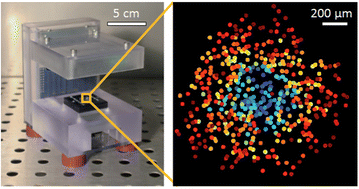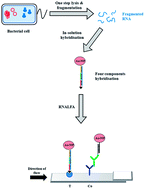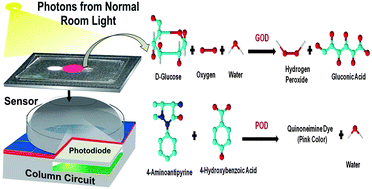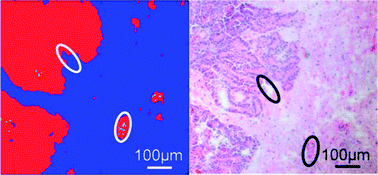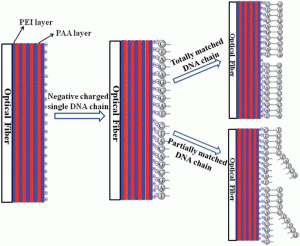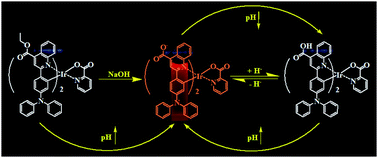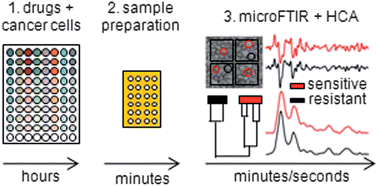
The Thinker (from The Bubble Chamber blog)
There appears to be many journal titles that contain the word “analyst” in some form. Examples include Analytical Biochemistry, Analytical Chemistry, Analytica Chimica Acta, Analytica, Journal of Analytical Toxicology, Analytical Methods, and of course, Analyst.
With so many variations of analytical journals available, some effort is needed to determine the best fit when submitting a manuscript for publication. This process requires classification of your own area(s) of research, which can be surprisingly challenging.
Take for instance, the areas of biochemistry, chemical biology, and biological chemistry. The prefix of each word appears to form the suffix of the next, and vice versa. In fact, if all of these words are to be read one after another, the whole phrase sounds more like a tongue-twister! While each of these respective scientific fields is specialized in its own right, some ambiguity still remains upon deeper contemplation of what exactly each field encompasses and what it does not. Differences among the fields can become more difficult to discern, the boundaries that separate them become less defined, and these multi-disciplinary approaches begin to converge into common research goals.
An underlying factor that unifies various scientific areas is the requirement of high quality analysis.
So, what does it mean exactly to be an analyst? Perhaps it is someone who can decipher the fine details of chemical reactions, molecular structures, computational algorithms, and biochemical mechanisms; then piece together these components into an overall composite for scientific understanding. Perhaps it is someone who is well-attuned with his/her surroundings, and inspired to find answers to everyday peculiarities. It may be someone who foresees the raw potential in new discoveries, even before direct applications are demonstrated. Or simply someone who loves scientific questioning and appreciates the sake of learning for what it is worth in and of itself. Whatever the precise definition is, frequent publications and updates on the latest scientific breakthroughs by journals like Analyst continue to ignite the passion of those who are motivated to discover and to know more.
So what does being an Analyst mean to you? Share your thoughts with us by commenting below.
From discovery to recovery – Analyst and Analytical Methods working together for the analytical community
Analyst, 2011,136, 429-430
DOI: 10.1039/C0AN90013C












